In today’s interconnected digital landscape, security is paramount for any software development endeavor. With the increasing complexity of cyber threats, developers need to adopt robust security measures to safeguard software assets effectively. This is particularly crucial in .NET development, given its widespread use in building a variety of applications ranging from web and desktop to mobile.
Here, we’ll delve into some best practices for enhancing security in .NET development, helping developers fortify their applications against potential vulnerabilities and attacks.
1. Secure Coding Practices: Adhering to secure coding practices is fundamental. Developers should follow principles such as input validation, proper error handling, and secure authentication and authorization mechanisms. Utilizing built-in .NET features like parameterized queries in database interactions can mitigate SQL injection attacks, a prevalent security concern.
2. Use of Frameworks and Libraries: Leverage established security frameworks and libraries tailored for .NET development. Libraries like Microsoft’s AntiXSS provide utilities for encoding and sanitizing input to prevent cross-site scripting (XSS) attacks. Similarly, utilizing frameworks like ASP.NET Core with built-in security features can bolster application defenses.
3. Implement HTTPS: Encrypting data in transit is crucial for preventing eavesdropping and tampering. Ensure that sensitive communications, such as login credentials and personal information, are transmitted over HTTPS. Utilize TLS/SSL protocols to establish secure connections between clients and servers, mitigating the risk of man-in-the-middle attacks.
4. Authentication and Authorization: Implement strong authentication mechanisms to verify user identities securely. Utilize features like ASP.NET Identity for managing user authentication, supporting multi-factor authentication (MFA) where possible. Additionally, enforce fine-grained authorization policies to control access to resources based on user roles and permissions.
5. Data Encryption: Protect sensitive data by encrypting it both at rest and in transit. Utilize cryptographic libraries provided by the .NET framework to implement strong encryption algorithms such as AES or RSA. Encrypt sensitive data before storing it in databases or transmitting it over networks, reducing the risk of data breaches.
6. Regular Security Assessments and Testing: Conduct regular security assessments and penetration testing to identify and address vulnerabilities proactively. Utilize tools like OWASP ZAP or Microsoft’s Security Development Lifecycle (SDL) to perform thorough security assessments of your .NET applications. Additionally, implement automated security testing into your continuous integration (CI) pipelines to detect security issues early in the development lifecycle.
7. Update Dependencies Regularly: Keep dependencies such as libraries, frameworks, and third-party components up to date to mitigate the risk of known vulnerabilities. Utilize package managers like NuGet to manage dependencies efficiently and incorporate security patches and updates promptly.
- 8. Secure Configuration Management: Ensure that configuration settings, including database connection strings, API keys, and encryption keys, are stored securely and not hardcoded within the application code. Utilize secure configuration management practices such as storing sensitive information in environment variables or using secure vaults.
9. Logging and Monitoring: Implement robust logging and monitoring mechanisms to detect and respond to security incidents effectively. Log security-relevant events and anomalies, and leverage tools like Azure Monitor or ELK stack for centralized log management and real-time monitoring of application activities.
10. Security Education and Awareness: Foster a culture of security awareness among development teams by providing training on secure coding practices, common attack vectors, and emerging threats. Encourage developers to stay informed about the latest security trends and best practices through resources such as security blogs, forums, and community events.
In conclusion, enhancing security in .NET development requires a proactive approach encompassing secure coding practices, robust authentication mechanisms, encryption, regular testing, and ongoing security education. By integrating these best practices into the development lifecycle, developers can effectively mitigate security risks and safeguard their software assets against evolving threats in the digital landscape.


